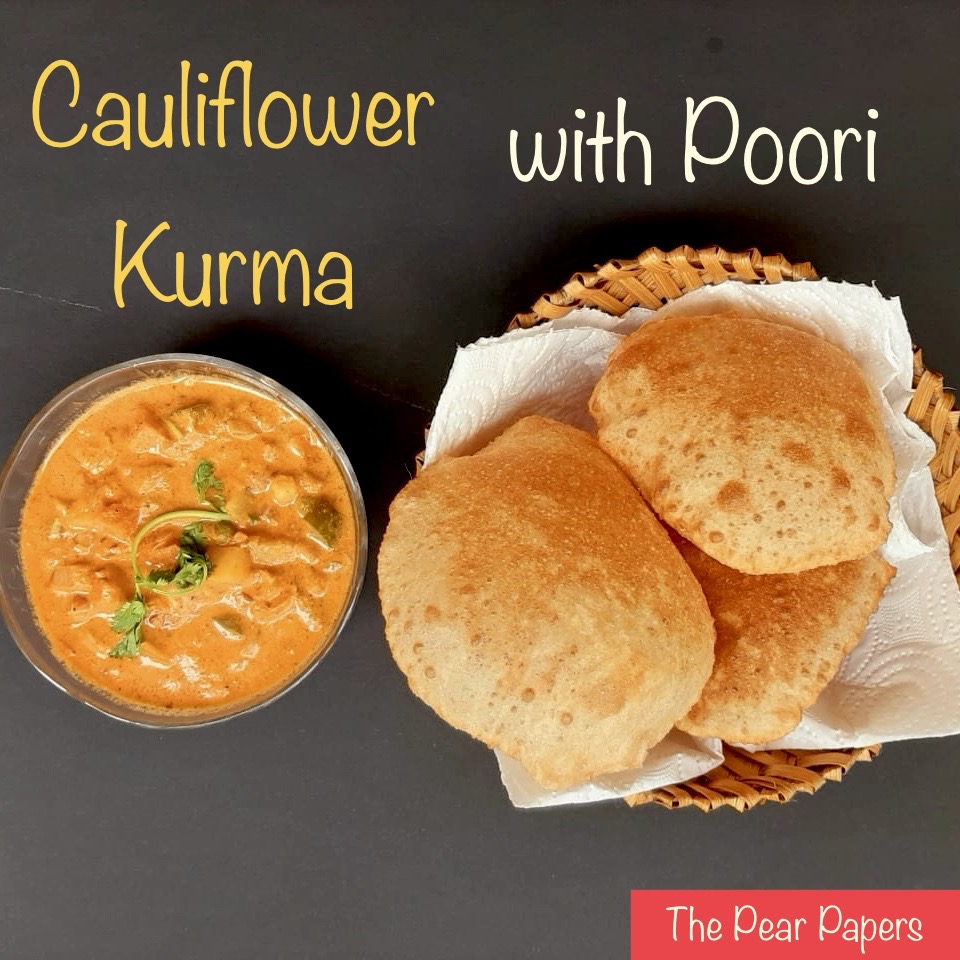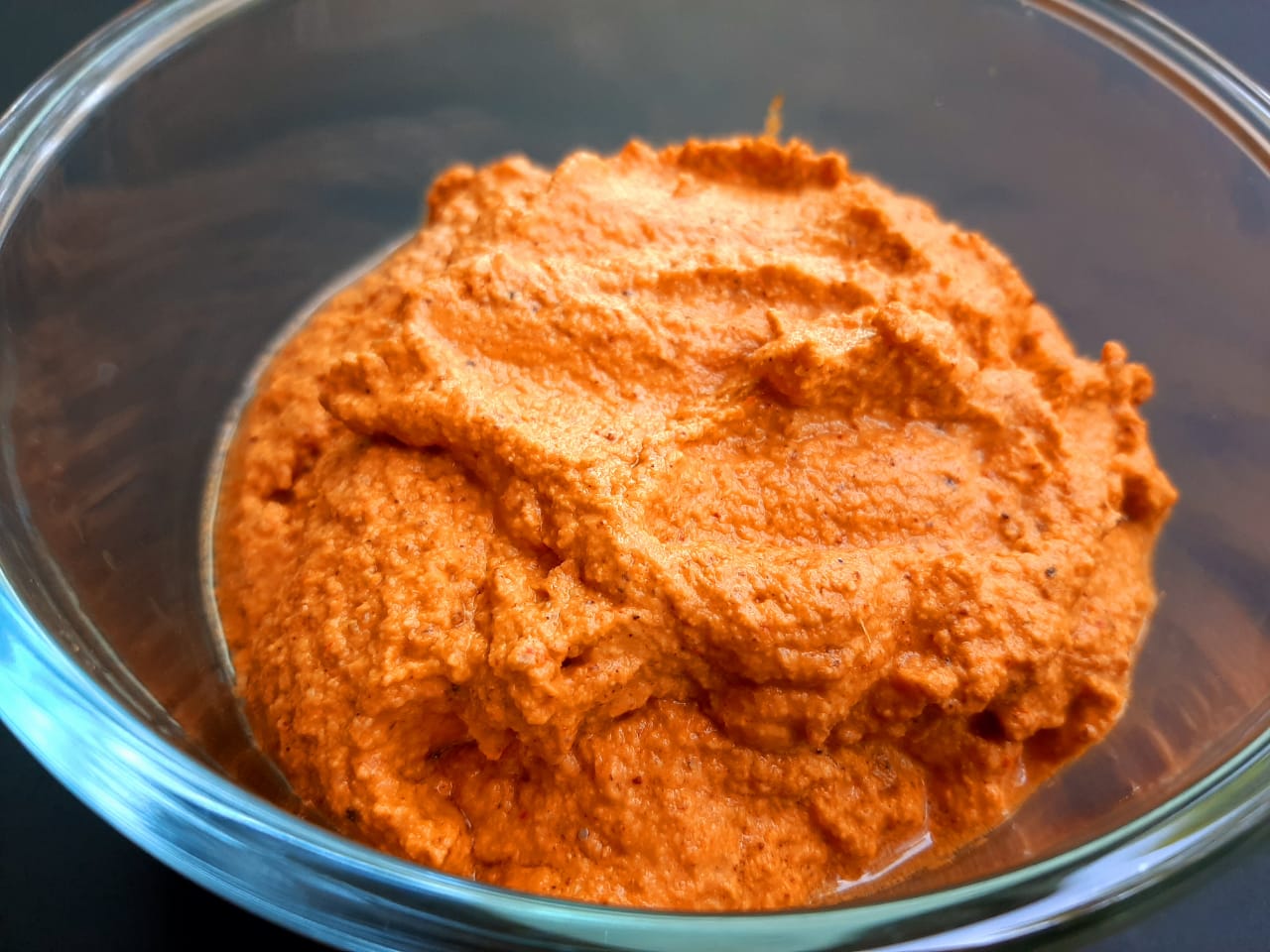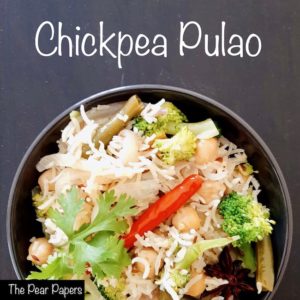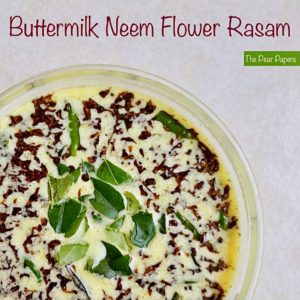
Cauliflower Kurma with Poori
A Kurma is a rich coconut and cashew based spiced curry usually served with Indian breads or Idiyappam (steamed rice noodles). My daughter called me the other day asking for a recipe because she missed the South Indian restaurant Thaalis. So here it is, Cauliflower Kurma with Poori, inspired by my daughter’s nostalgia.
Even though you can pretty much have cauliflower kurma with any Indian bread, my absolute favourite is Poori (or puri). Freshly fried fluffy Poori is somewhat of a cheat day delicacy for me. And if you haven’t tried it yet, I guarantee it will be yours too.
The best thing about Poori and Kurma is that it can be served for any meal. It is definitely an all rounder and popular among all age groups in every household. It is a rather easy dish to make with minimum effort and gives an extraordinary result. The rich, smooth gravy will leave you craving for more and is definitely a party winner.
Ingredients
KURMA:
Cauliflower – Florets from a medium sized cauliflower
Bay leaf – 1
Onion – 2 medium sized, finely chopped
Ripe tomato – 1 large, roughly chopped
Ginger – 2 inch piece, roughly chopped
Garlic – 1 large pod
Green chillies – 2 (or to tolerance)
Red chilly powder – 1 tbsp (or to tolerance)
Coconut grated – 1 1/2 tbsp
Cashew nuts – 12
Plain greek yoghurt or hung curd – 2 tbsp
Cumin – 1/2 tsp
Star anise – 1
Cinnamon stick – 1 inch piece
Cloves – 3
Cardamom – 3
Whole black pepper – 1/2 tsp
Fennel seeds – 1/2 tsp
Coriander seeds – 1/2 tsp
Coriander leaves – 2 tbsp (washed and finely chopped)
Oil – 2 tbsp
Salt – 1 tsp (or to taste)
Sugar – 1/2 tsp
POORI:
Whole wheat flour – 2 cups (heaped)
Fine semolina – 1 tbsp
Salt – 1/3 tsp
Sugar – 1/2 tsp
Oil – 1 tsp
Oil for deep frying
Water for making the dough
Yield
Serves 4
Prep time
10 mins for Poori
20 mins for Kurma
Cook time
25 mins for Poori
25 mins for Kurma
Method – Kurma
1) Blanch the cauliflower florets and chop it into small pieces. Set aside.
2) In a mixer/ grinder grind the following into a smooth paste – a quarter if the chopped onion, tomato, ginger, garlic, green chillies, red chilli powder, coconut, cashews, yogurt, cumin, star anise, cinnamon, cloves, cardamom, black pepper, fennel seeds and coriander seeds.

3) In a wide pan take 2 tablespoons of oil and let it heat up. Add the bay leaf. Immediately add the finely chopped onion, a pinch of salt, half teaspoon of sugar and fry until golden.
4) Now add the blanched and chopped cauliflower and saute for a minute. Then cover the pan, keep the heat in medium and let the cauliflower cook completely. This should take approximately 5 to 6 minutes.
5) Add the ground masala paste to the cooked cauliflower. Add the remaining salt required for the entire kurma and mix nicely. Make sure to cook for 3 or 4 minutes so the raw garlic smell goes away. Add enough water to make a nice flowy gravy. The cashews we have added will make the gravy thick and also give it a silky creamy texture.
6) Allow the gravy to boil for 4 to 5 minutes on low flame while keeping the pan covered. Just mix the gravy once in between to avoid it sticking to the bottom of the pan.
7) Add the finely chopped coriander leaves, mix well and switch off the heat. Serve hot with fluffy pooris.
Method – Poori
1) In a wide bowl take the whole wheat flour, salt, sugar and the semolina. Mix. Now add one teaspoon of oil and mix it thoroughly with the wheat flour.
2) Add enough water to the wheat flour mixture and make a stiff dough and keep it covered for 5 minutes. In the meantime, heat up the oil in a wide pan or kadai to deep fry the pooris.
3) Take small lime sized balls from the dough and roll it out into round discs. Use a drop of oil on the surface where you are rolling the dough, so that the dough doesn’t stick to the rolling pin or the surface. Roll out the pooris to approximately 1 to 1.5 mm thickness.
4) Take a very tiny bit from the dough and slowly drop it in the hot oil to check if it is ready to fry the pooris. The dough should rise and come up to the surface immediately without browning. Now the oil is ready to fry the pooris.
5) Slowly slide the rolled out poori into the hot oil. Within 10 seconds it will come up to the surface of the oil. Now gently press the poori into the oil. This will help in puffing up the poori nicely. Also carefully splash the oil on top of the frying poori so that the top layer fries evenly. Once the first side is done, flip the poori and follow the same procedure as before. The whole process should take less than 30 to 40 seconds to fry each poori. If the oil is hot enough the pooris will puff up nicely and stay that way without collapsing immediately.
6) Drain the poori on a colander and it’s ready to be served with the cauliflower kurma.
Notes
- I have used only cauliflower in this kurma, but the same recipe can be made with a combination of vegetables like potato, carrot, beans, peas, turnip etc. Also fresh Paneer (Indian cottage cheese) can be used as the main ingredient in the kurma, skipping all vegetables totally. The gravy gets its entire taste from the masala paste, so you can play around with the vegetables according to preference and availability. Surprisingly, the same kurma can be made with only boiled chick peas, black eyed beans, kidney beans etc., and tastes great that way too.
- If you’re a little adventurous, you can add some ajwain seeds to the poori dough. It’s an excellent taste enhancer and digestive. People prone to acidity can add a little because poori is deep fried and ajwain can make it easier to digest.
- If you’re allergic to nuts or don’t like the flavour of nuts, you can forgo them and use coconut milk as a substitute. In this case, of course, you won’t add the grated coconut. You could also do this if grated coconut is hard to find in the supermarkets.
- If you don’t have a blender, you can also grate the garlic and ginger (or use a store bought paste), and use the spices whole. Of course, changes like this and the coconut milk variation will make the kurma taste a bit different, but it will still be delicious!
Beginner’s tips
- Adding semolina to the poori dough gives some crispness to the poori and also helps it stay puffed up for a longer time.
- The dough has to be stiff otherwise the poori will not puff up and will become hard and brittle.
- Adding sugar to the dough helps pooris get a nice golden colour.
- Make the pooris immediately after making the dough. If you want to make a lot of pooris then make the dough in batches so that the dough stays fresh throughout.


You May Also Like

Chickpea Pulao
December 7, 2020
Eriseri
March 20, 2022
2 Comments
MotherOfNOMS
Hahaha!! Glad you liked it.
Enthu Schnitzel
I tried this, and it was great… even if it was my girlfriend who did most of the cooking!